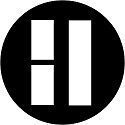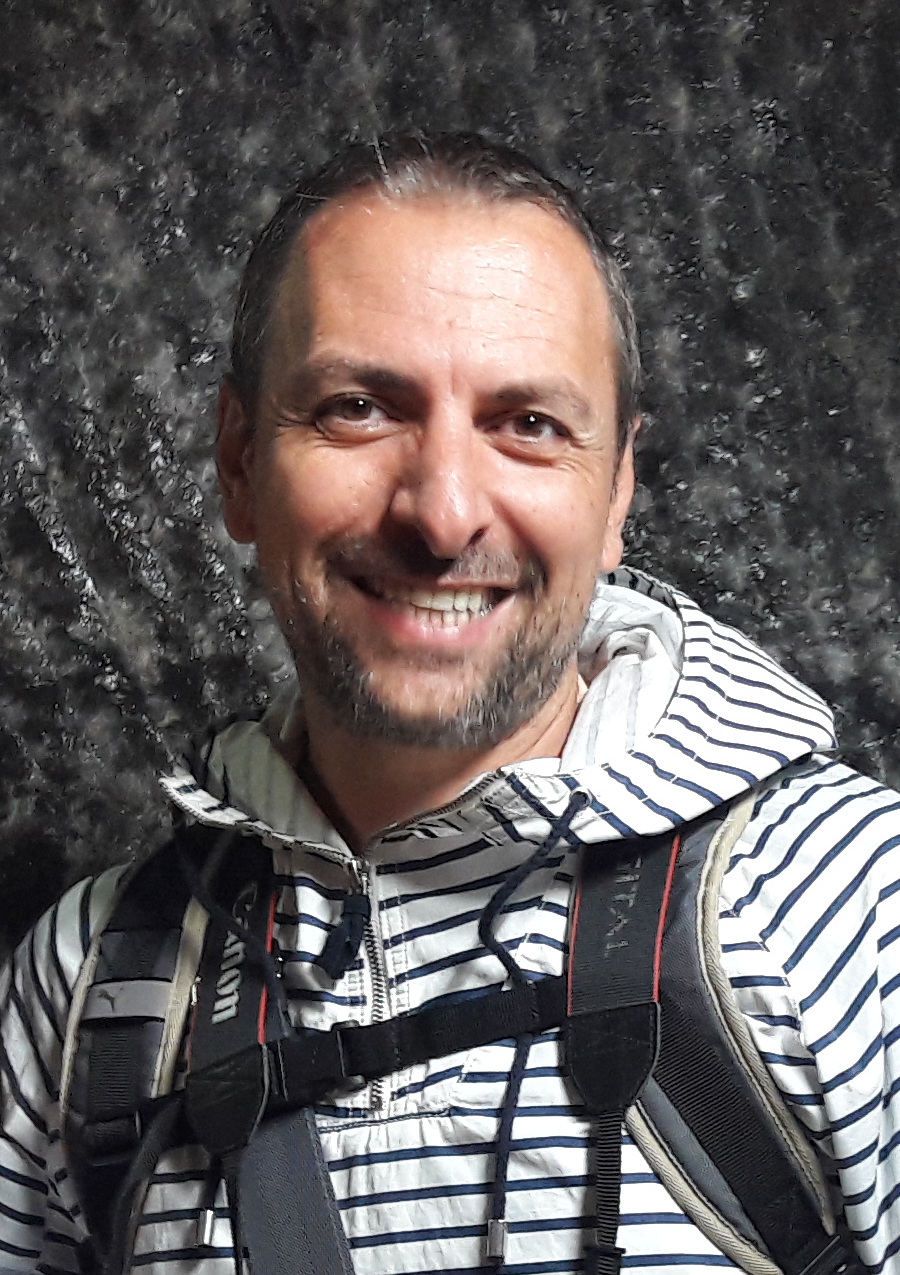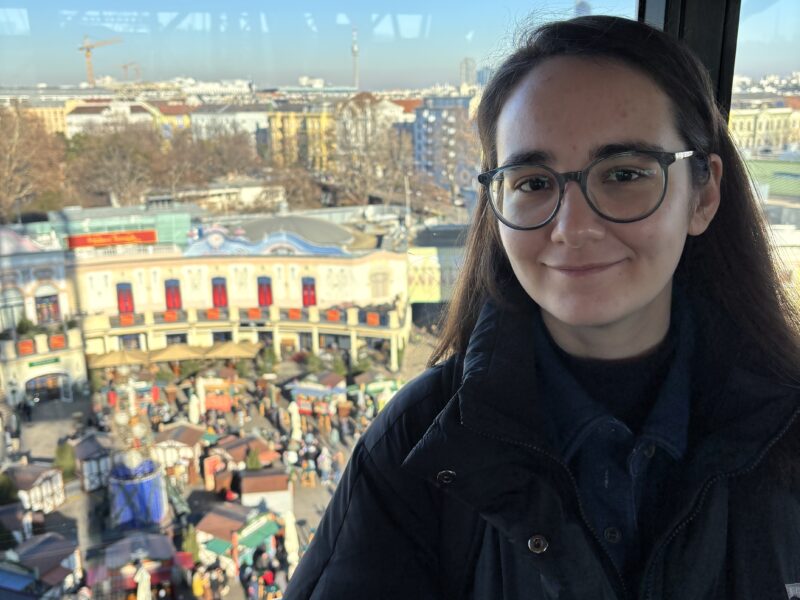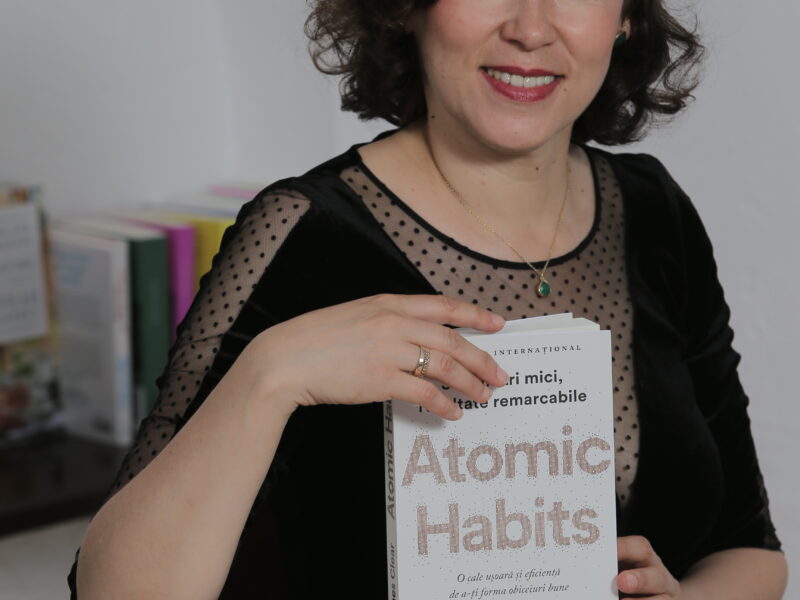Florin Paraschiv is DTP Manager at Art Klett. He worked with Humanitas Publishing House, Paralela 45 and also with Academia Cațavencu and Kamikaze. He is a Desktop Publishing professional but also an inspiration for his less experienced colleagues and a good team leader.
You are DTP Manager at Art Klett. What does your job consist of?
Those who don’t really know how a publishing house is organized might get confused by the title of my position. Actually, it means manager of the typesetting department. This job combines internal tasks with maintaining a fruitful collaboration with the other departments and the general manager of the publishing house. Right from the beginning, I had in mind that I should act as a buffer between the DTP department and the rest of the team and I think this is what each head of department should do. As it happens in all companies, no matter how clearly and efficiently things are organized, there is the human factor also, so good negotiation skills are required to find the most convenient solution. In our book industry things are always in a hurry, with pressing deadlines and urgent stuff to be done. This has been going on ever since I entered the industry, 23 years ago. So, we always have to find the best solution, able to satisfy everyone. Going back to what I said before, in its external dimension, my job is to be the department’s representative. The internal tasks consist of disseminating the decisions of the board of directors and coordinating my colleagues’ activity. There is also the task of finding the suitable technical solutions, both on the hardware and on the software side. My typesetting and book designing experience, together with my stubbornness in finding innovative ways of solving things help me and my colleagues solve the challenges we encounter, both in terms of technical instruments and of desktop publishing issues.
Now I want to insist on a terminological differentiation: I prefer using typesetting, which is specific to the field of book publishing, and not designing. The designer is the one who makes the layout, who provides the main elements and rules of the book layout, and the typesetter is the one who finds the proper way of putting all this together and form the book. When you deal with a text-only book or a mainly text book, the typesetting refers to page makeup only. But when you have a more complex book, like textbooks and student books, you need a DTP professional, knowing how to handle the hardware and the software applications, who is also a good typesetter, to be able to fit everything in the layout and meet aesthetic expectations, as well as being able to optimize the content/page ratio.
Which are the instruments you use in your daily activity?
For more than 20 years, my main instrument had been my computer with all the DTP apps, together with the ability to find the best solution to reveal a book’s structure. But for the last couple of years, the device I used the most has been my phone. The computer has not lost its importance, but I use it less and less for typesetting, although I still work on books together with my colleagues, but less than I used to.
You also worked for Academia Cațavencu, a weekly magazine, where I guess the work rhythm was different from the one of a publishing house. Have you experienced a similar pace now?
I worked for Academia Cațavencu and then for Kamikaze magazine for almost 10 years and, even though, in that period of time I was also collaborating with other magazines, that weekly rhythm cannot be compared with what happens in a publishing house. I started to work with Academia Cațavencu in 2002 as an external collaborator at the DTP department – I was helping them with the last stages of the issue one day a week. But I was working full-time page makeup for Humanitas Publishing House at that time. Afterwards I started to work full-time at Academia Cațavencu and only collaborate with some publishing houses for DTP. The most important collaboration began in 2006 with Art Publishing House, when Laura Albulescu asked me to make the layouts for their fiction and nonfiction series.
But, to sum it up, the two ways of working are not comparable in terms of speed and urgency. The actual typesetting of the magazine took around three days, but the last one, when we had to finish it up, meant a three-time higher effort. We started at 11 am or at noon and we kept working until 3-4 or even 5-6 in the next morning. The day after that you were so exhausted!
As we are talking about the comparison between working for a magazine and for a publishing house, I would like to ask you if there are any other differences between them.
Firstly, working for a weekly magazine means very short deadlines and then short periods of time between the different stages of the publication. Everything is urgent. Of course, this does not happen when working in a publishing house, because no one could resist this continuous stress. There are also differences regarding the relationship among the team members. There were less formal relationships at the magazine, more personal, both at Academia Cațavencuand at Kamikaze . But this was happening because there was a long-lasting cohesive editorial team and because journalism implies a sort of easiness. But this easiness also had its counterparts, as it led to big and quite often delays.
What are your busiest months of the year?
I can’t say I have less busy periods of time, but I surely have busier. They are those which start when the textbook auctions are launched and end when the applications are sent. Usually the auctions are announced too late and have short deadlines and we have to have a smooth collaboration with all the parts implied: authors, editors and DTP.
How can you quantify this busy period of time? In terms of pages, books, larger projects?
Because we talk about school textbooks, it’s not about the number of pages or of books, it’s about the complexity of the project. You have to find the best solution for the above-mentioned collaboration in a short period of time. Sometimes this collaboration might not be as smooth as you wish, so you have to be able to find the proper way to make it work. That is why, having a lot of experience both in book and magazine publishing, I pay very much attention to the people involved in a project and to the relationship they have.
You work with different Art imprints. Which is the most challenging kind of books and what exactly are these challenges?
I do not exactly work with different imprints, but rather, like my colleagues, deal with various titles. In the technical department (this is how we call the DTP office) we have achieved a certain specialization, which means each of us focuses on a certain type of books. But this could also vary, so we get to stick to a typology between 50% and 100%. Of course, when things get urgent, we work at whatever needs to be done. One of the rules I follow consists in having people do whatever they do the best.
Are there any unfixable errors in your field?
I do not think there is any activity domain without errors to fix. But I would not call them errors, but rather things which have not been completely optimized. And most of them are related to the human part of this activity.
But one of the biggest problems of the book industry is the vocational training of the people working here. At least as far as DTP is concerned, I do not think there are any public schools that offer this kind of training. It is not so complicated to learn the DTP process, but, in order to be a professional typesetter, you need to understand how a book is created, its structure, and this takes time and practice. I know that until the 2000s there still were some typography high schools, where one could study typesetting, but they were not quite up to date, neither in terms of technology, nor in terms of curriculum.
The same goes for the copy editors, who learn their skills on the job. Although there are some Masters applied programs focusing on publishing, they are not connected with what actually happens in a publishing house, mainly because most professors do not teach publishing or have any experience in this domain, so they are only able to teach theory, and not have them practice it.
That is why it is very important to be more careful and patient with both the junior copy editors and the junior typesetters and understand that we all were beginners at some point in the past.
Do you have any memorable stories with the books you made? Maybe an illustration which was hard to tame or an unintentional riddle?
I have quite a few memorable stories, as I have made many books, magazine issues and other materials (posters, flyers, handbooks, maps, almanacs etc.) over the years. I can’t remember working on a single project at a time since 2002 until a few years ago.
A memory that has been haunting me is placed in the summer of 2001, when I was working on two textbooks for high school students. They had been coordinated by professor Mircea Martin for Univers Publishing House and then they were taken over by Paralela 45, where I was working at the time. It is then when I learned how to use Quark Xpress, the software the DTP professionals were using. Until that moment, I had only used Microsoft Word, which was an outlaw in DTP professionals’ eyes, as they were considering it just an office app. But the fact is that Word had some functionalities that made it better than Quark Xpress, which was more specialized and less adaptable. The problem with Word, though, was that is was very unstable and, in order to prepare the prepress material, you had to do some technical tricks, because it did not recognize the typographic standards nor the CMYK color model for printing.
I still remember that moment, because it was my first big project which I completed all by myself while I was still going into a new software program. It all took a month or so, but I know that in the last three days I only slept ten hours combined.
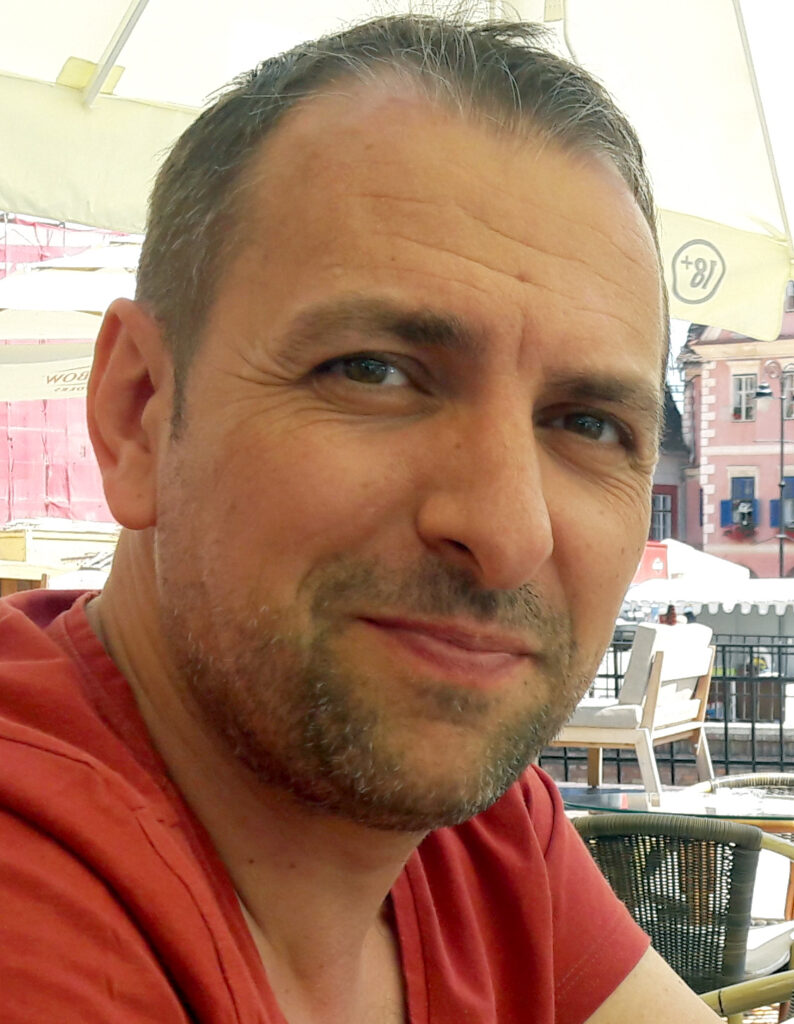
The editors send you the books for typesetting and they go to press from here. Have you ever started to read a book while working on it and couldn’t stop reading? If so, which was that?
When books receive permission to print and are ready to be sent to press, I do not pay attention to their content anymore. I only check the technical stuff. But there have been some rare occasions when indeed I also read the text of the book I was working. One of these is the first book I did while I was working at Humanitas, Evil by Jan Guillou. Being recommended by poet and translator Sorin Mărculescu, I went to Humanitas for a skill test in the winter of 2005. The assessment consisted in typesetting the copy edited text of this book and doing a part of the page layout. The edited material was very intricate, the copy editor had used a pencil, which made it very difficult to follow. So I had to actually read the text more than usually. After I passed the test and got hired, I continued to work on that book and it captivated me entirely so I continued to read it while typesetting it.
Are you interested in what happens to the books you work after you finish them? Do you notice them on the shelves of a bookstore or in a supermarket?
Of course, I am very proud when I meet the books I worked on, especially when they are well known important titles. I am even happier to see them in the readers’ hands. Some years ago I had the chance to spot a guy in the bus who was reading the book I was mentioning above, Evil. I still remember the joy. It was a book I liked and it was not that famous.
I already mentioned above two other departments you are in connection with. Do you also collaborate with others?
We are in permanent connection with all the offices in the publishing house: copyright, marketing, online, sales, because we provide them materials and information they all use.
Going back to your experience at Academia Cațavencu, I know there are some great funny stories among the old teams. Do you remember any?
I do remember some, but, as they did not actually happen to me, I prefer not mention them.
Which is the biggest personal fulfillment in your job?
The fact that I can use my experience, that I do what I like and especially the thought that hundreds of thousands of readers or students are able to open a book and have a certain reading experience based on my contribution to that book.
What advice would you give a student interested in the „architecture” of a book? What should they study, how and where to get their skills from?
First, they should try to understand the inner structure of a book no matter its genre. They should try and figure out the significance of each text or printed material. And it’s even better if they have a philology background.
You spend eight hours a day dealing with books. Are you still in the mood for reading after that? What book did you like the most lately?
As I said before, I do not deal with books as much as I did before, because my job is not only typesetting anymore. It’s not that I would not enjoy reading after work, but it depends on my mood. I think I lost a certain enthusiasm that I used to have. But The Bright Forever by Lee Martin is one of the books that I have read lately and it really impressed me.
